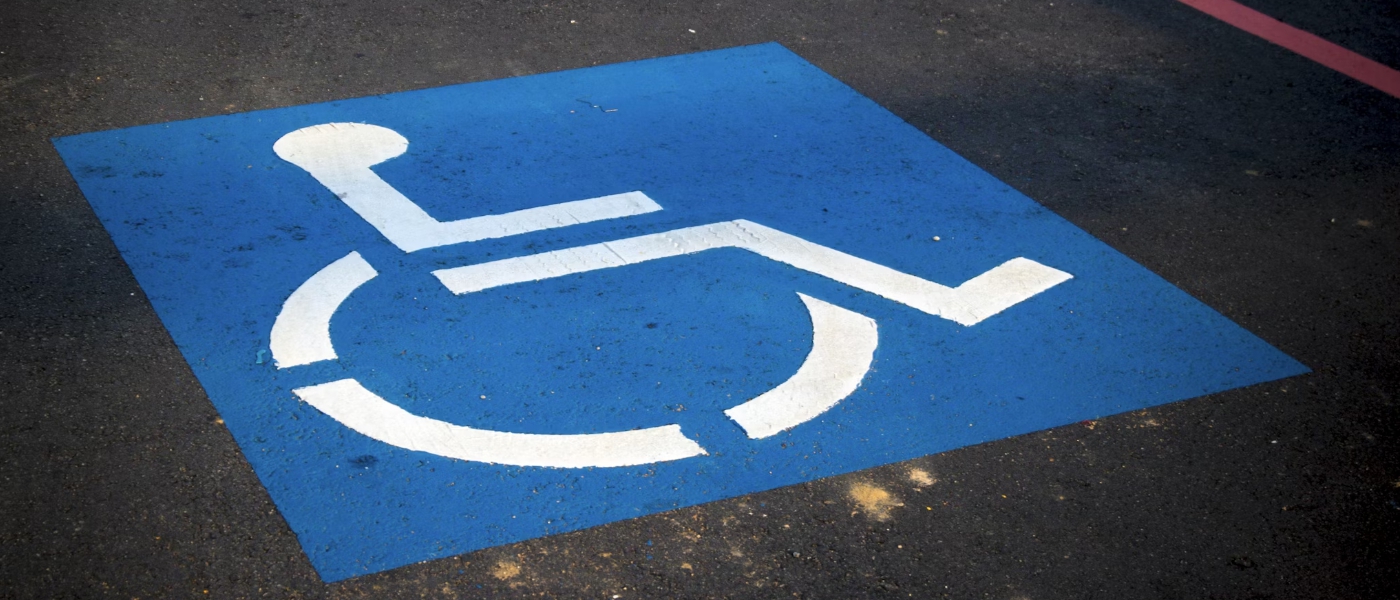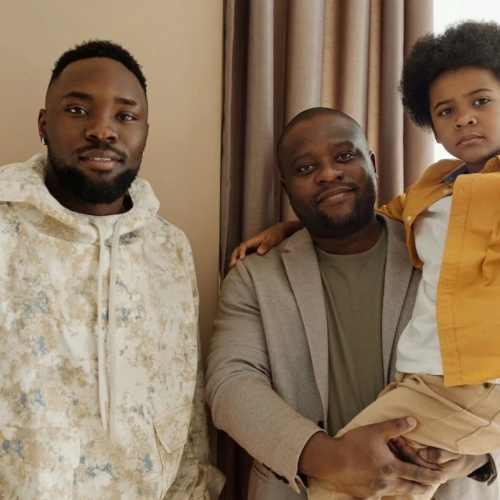Applying for a Carers Blue Badge

Blue Badges
The scheme is managed by local councils who process applications.
The Blue Badge scheme is a UK-wide provision that enables people with disabilities to park closer to their destination
The scheme is managed by local councils who process applications, issue badges and undertake assessments..
As a carer, you can apply for a Blue Badge on behalf of the person you care for. This applies whether the person in question is a relative of yours or not. If you’d like to apply for a Blue Badge, then you’re in the right place! Download a printable copy of this guide.
Applying for a Blue Badge Online
Start an online application for a Blue Badge.
Applications made online will usually be responded to within 12 weeks.
Applying for a Blue Badge By Post
Download the application form if you want to apply by post.
If you are applying by post in Ealing, then you’ll need to send your application to:
Ealing BBA
PO Box 68276
London
W5 9LQEaling Council aims to respond to all applicants within 42 working days.
Supporting Your Application
Before you apply, make sure you have the following:
- Proof of identity (such as birth certificate, passport or driving licence)
- Proof of address (such as a Council Tax bill or letter from the government)
- Proof of benefits (if applicable)
- National Insurance Number
What Are the Requirements for a Blue Badge?
To be automatically granted a Blue Badge, the person you’re applying for must be over three years old. They must also meet at least one of the criteria set out by the government, which you can read about here.
Applications are also considered, but not automatically granted, for people who meet one or more of the following criteria:
- Unable to walk at all
- Unable to walk without support or mobility aids
- Walking is painful or leads to breathlessness
- Walking is dangerous
- Have a life-limiting illness and an SR1 form
- Can’t operate pay-and-display parking machines due to disability
- Have a child under the age of three years who must be accompanied by bulky medical equipment at all times
- Have a child under the age of three years who must be near a vehicle at all times in case they require emergency medical treatment
- Poses a risk to themselves or others when near vehicles, traffic or car parks
- Struggles to plan or follow a journey
- Difficulty staying in control of own actions and lack of awareness
- Regularly experience intense or overwhelming responses to certain situations that can cause loss of control
- Frequently become extremely anxious or fearful of public spaces
Within these criteria, it’s often the case that a person with a dementia diagnosis will be eligible for a Blue Badge.
If your request is refused and you disagree, you can appeal the decision. Also, if the needs of the person requiring the badge change, you can make a new application.
How Much Does a Blue Badge Cost?
In England and Northern Ireland, a Blue Badge can cost up to £10, in Scotland it can cost up to £20 and in Wales this scheme is free.
A Blue Badge will typically be valid for three years, after which you’ll need to renew it.
Congestion Charge Discount for Blue Badge Holders
Once your application for a Blue Badge has been successful, you can apply to get a 100% discount on the congestion charge in London.
You can do this on the TFL website.
Driving and Dementia
If you’re applying for a Blue Badge as a carer for a loved one with dementia, then it’s important that you only use the badge when you’re driving the named person.
Additionally, it’s essential that the DVLA is made aware of your loved one’s diagnosis. Failure to inform the DVLA could result in a fine of up to £1,000, as well as criminal prosecution if the person with dementia is involved in an accident while driving. The insurance provider for the vehicle must also be made aware of the diagnosis.
Frequently Asked Questions
- Do you need a photo for a Blue Badge?
To apply for a Blue Badge, you’ll need to send a photo that clearly shows your head and shoulders with a clear background. This photo doesn’t have to be professionally taken, but should be of a good quality.
- What medical conditions qualify for a Blue Badge?
When considering eligibility for a Blue Badge, it’s typically not the case that a particular medical condition will render a person eligible, as it’s the impact of the condition on mobility that’s important. If a person meets any of the criteria listed above in relation to their mobility, they should be able to get a Blue Badge, regardless of the condition causing the issue/issues.
- Do I need a letter from the doctor to apply for a Blue Badge?
A letter from the doctor may be submitted in evidence, but alternative evidence may also be provided. It’s often the case that you can gather this evidence yourself without requesting support from your GP.








